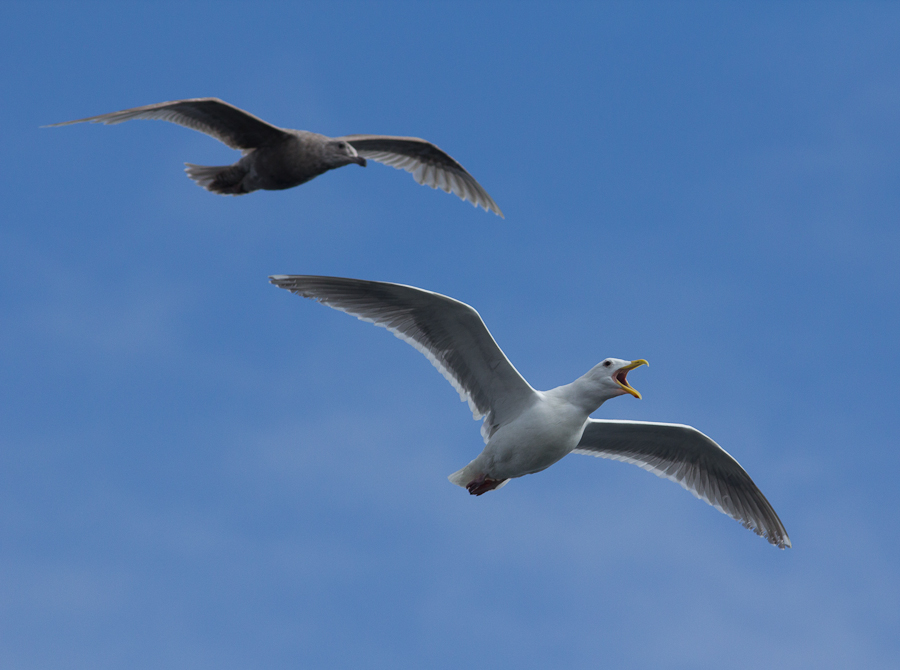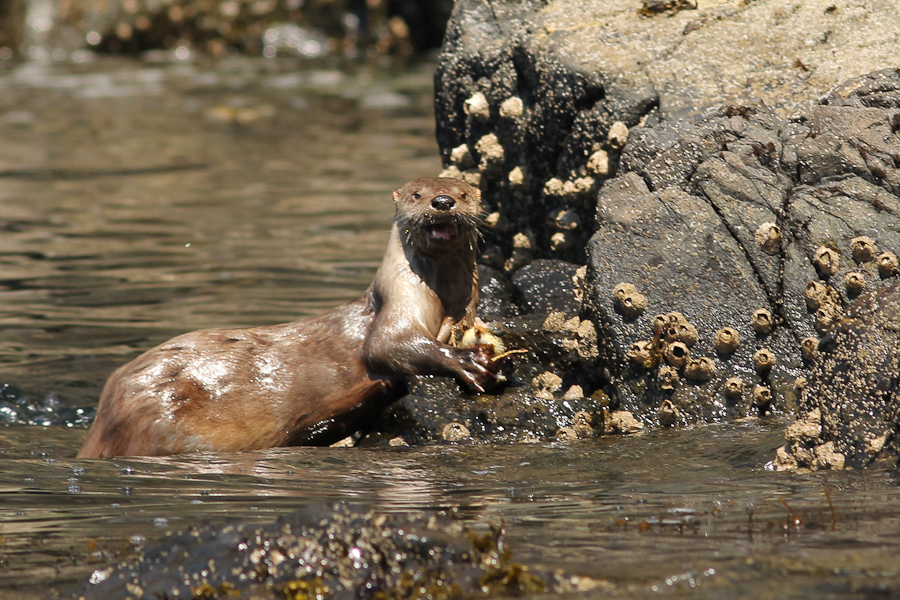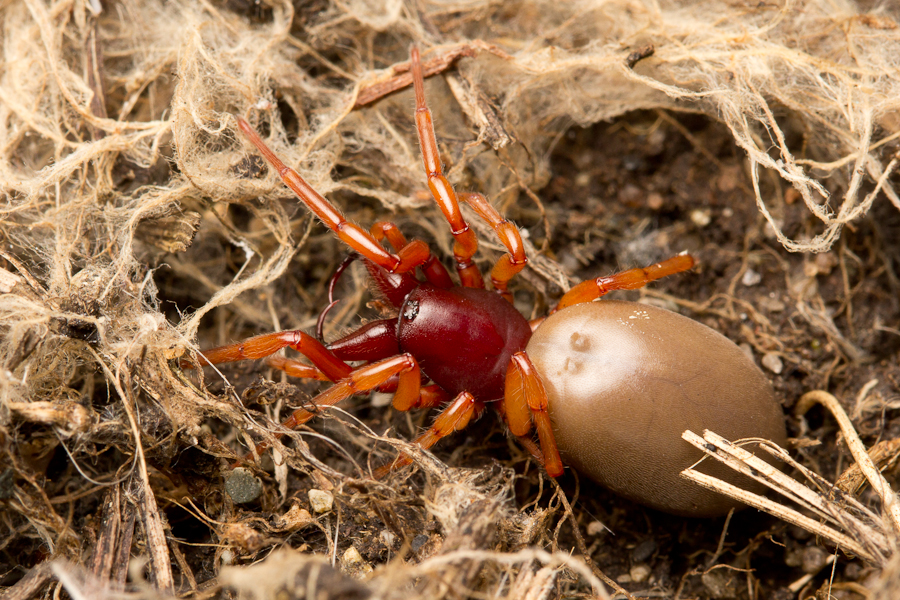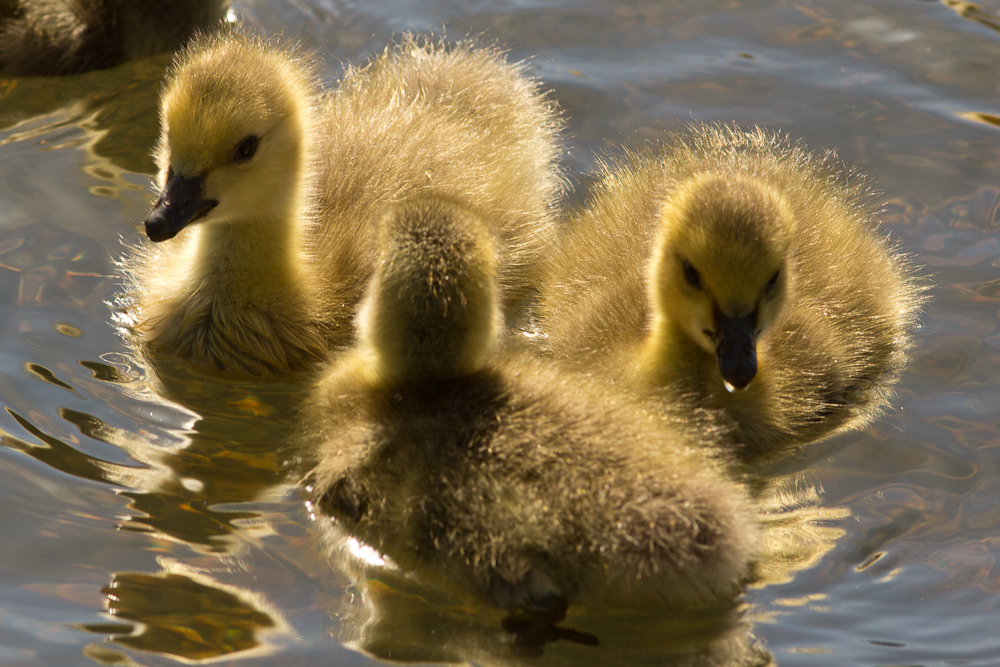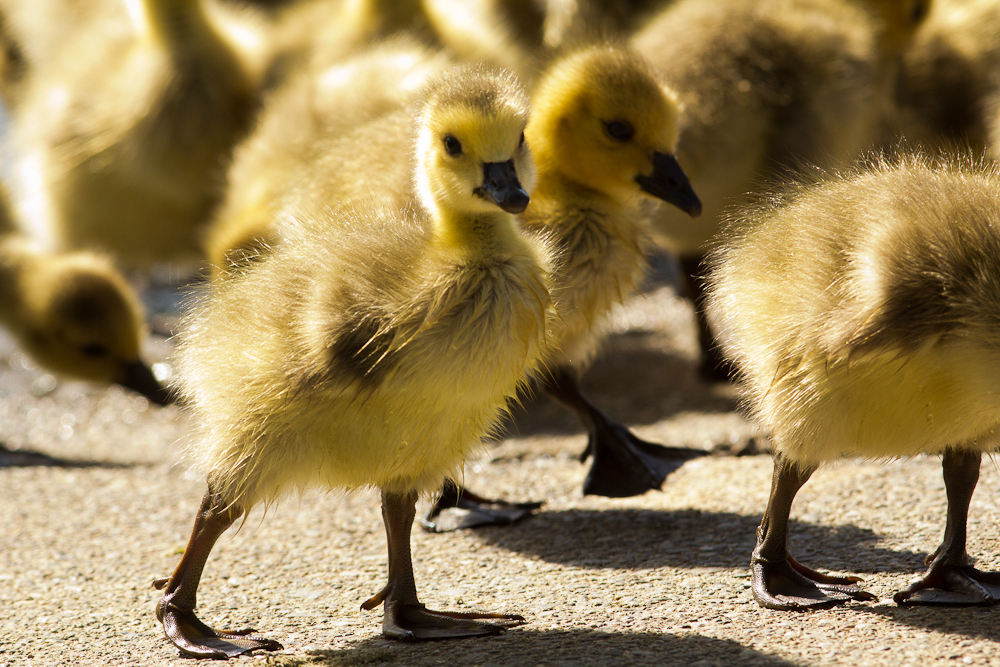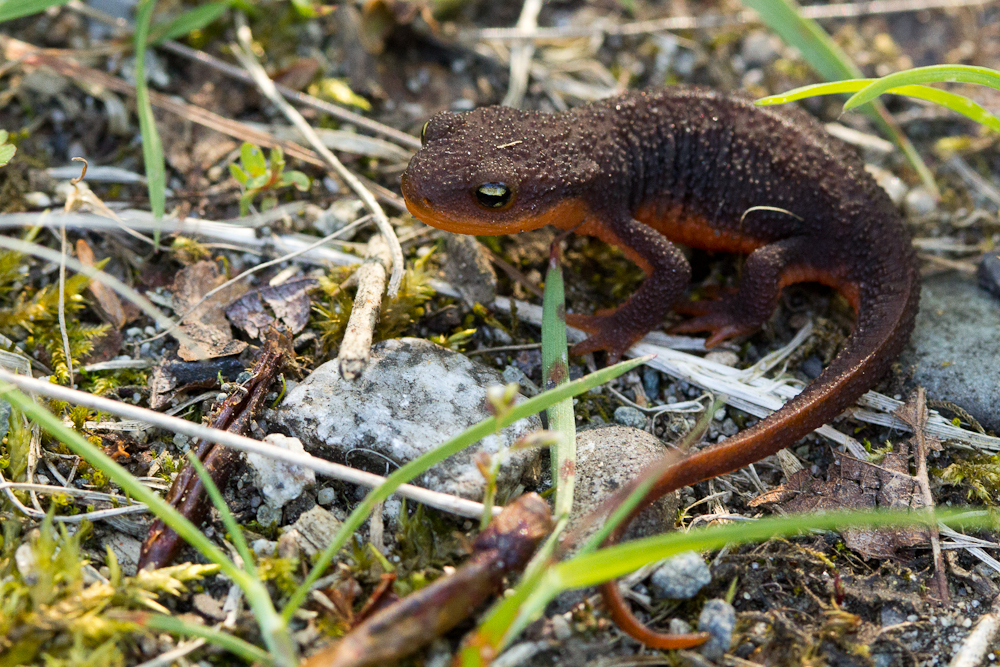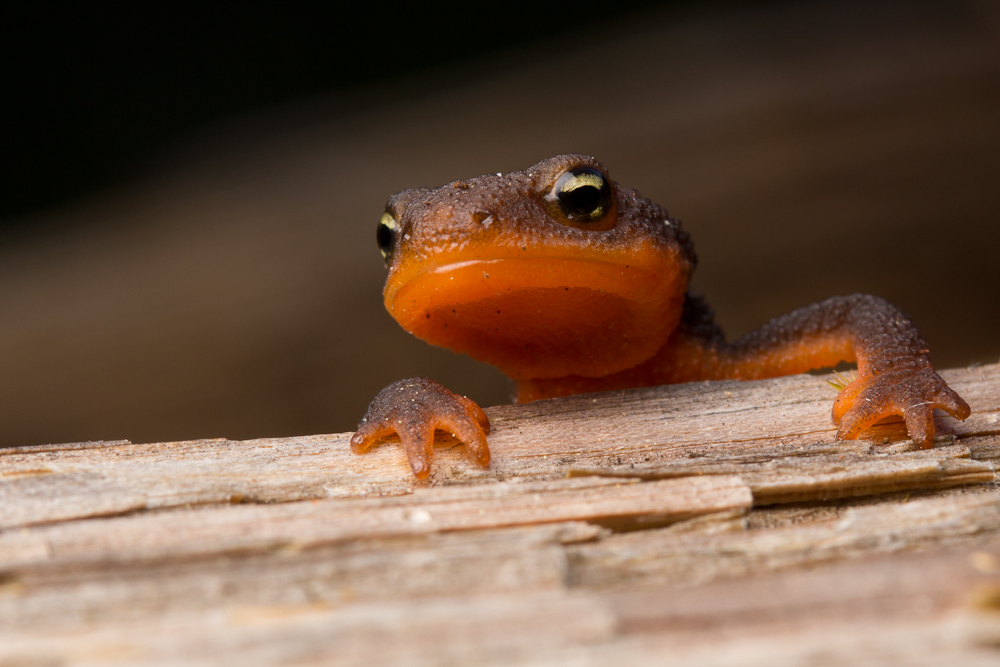
This weekend expedition, I put out the call for our lab members to join me in a trip to Iona Beach, which is just bustling this time of year with all kinds of wonderful creatures, especially some wonderful spiders. I was joined by Catherine Scott, Samantha Vibert, Matt Holl and Nathan Derstine from our lab, and the newly-minted Dr. Gwylim Blackburn of UBC. We were heavily loaded with spider experts, as Catherine studies the western black widow, Sam has studied the hobo spider, and Gwylim is an expert in salticid behaviour and evolution. Luckily for us, Iona Beach was a field site for both Samantha and Gwylim, so they knew the good spots to find the best spiders.

A chrysidid seeks bee nests to parasitize

A male Yellow-headed Blackbird. This population at Iona Beach is a very disjunct coastal population of a normally Interior bird.

Sam enjoys the Yellow-headed Blackbird

We checked out the progress on the new Wild Research banding hut.

A male Tree Swallow watches his mate’s nest box.

The female peeks out.

Gwylim handles a newly-shed garter snake

So bright!

A large female Trochosa wolf spider hides under a log.

A female Hobo Spider (Tegenaria agrestis) under a log at the beach.

A very large female Habronattus americanus was unimpressed with our match making (we tried to bring a male in to see courtship).


The male Habronattus americanus, resplendent with his bright colouration.


Gwillim and Catherine searching for Habronattus ophrys.

Nathan scans the ground carefully. H. ophrys is very elusive!

A beautiful Philodromid (running crab spider) under an aster.
At the end of the day, I did some studio shots with the Habronattus ophrys and the Habronattus hirsutus, as the first one at least has very poor photo documentation.

Habronattus hirsutus

Habronattus hirsutus

Habronattus ophrys

Habronattus ophrys


































































